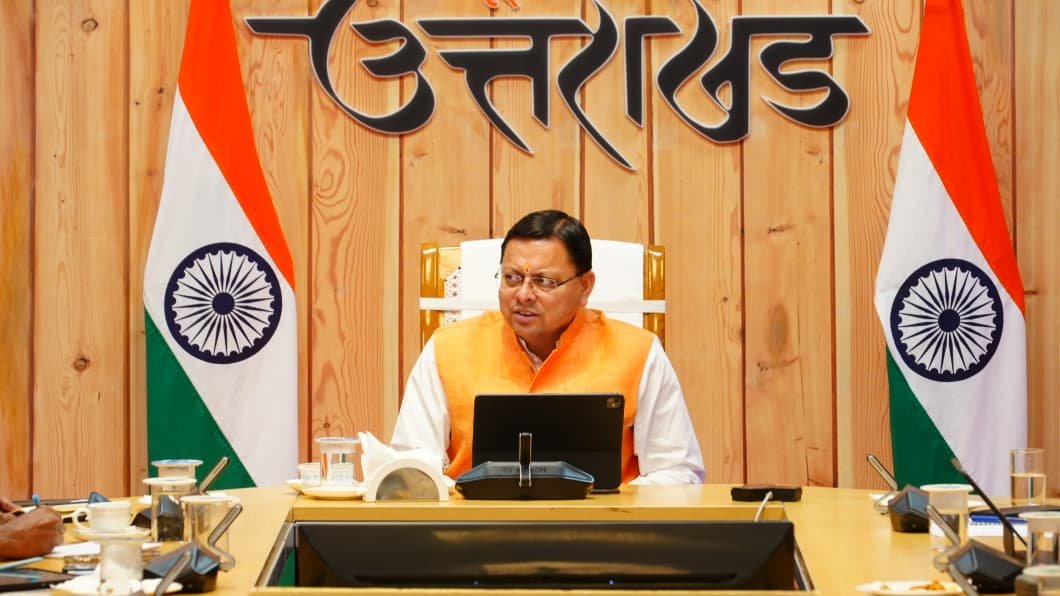In a decisive move to tighten exam security, the Uttarakhand government has announced that all Group C recruitment examinations will be streamed live and attendance will be marked at the entrance gate. The decision comes after repeated instances of paper leaks that had tarnished the reputation of the state’s recruitment process and raised serious concerns about transparency and accountability.
Our correspondent reports that the Uttarakhand Subordinate Service Selection Commission (UKSSSC) has devised an elaborate monitoring system under the direction of Chief Minister Pushkar Singh Dhami. The CM has been vocal about restoring public faith in the examination process and ensuring that every stage of recruitment remains free from malpractice. The move to live-stream examinations is being viewed as a significant administrative reform in the state’s competitive recruitment structure.
According to officials, the new protocol will require biometric verification, identity checks, and attendance recording at the gate itself before candidates are allowed to enter the examination hall. Only authorised candidates and supervisors will have access to the hall during the test. The commission has instructed that all document verification and administrative procedures must be completed outside the main examination area to avoid unnecessary congestion and confusion inside.
A central control room is being established at the commission’s headquarters in Dehradun to oversee real-time footage from all examination centres. Our correspondent reports that this command centre will have a dedicated technical team responsible for ensuring uninterrupted streaming and quick troubleshooting in case of any technical failure. The live telecast will also act as a deterrent against any attempts at cheating or collusion.
To strengthen the system further, the commission has made it mandatory to test mobile jammers one day before every examination. Officials have been warned that any defective jammer will be replaced immediately. The responsibility for maintaining jammer performance and communication security will rest with the sector magistrate, the centre coordinator, and the supervisor in charge. This directive follows earlier reports that 4G jammers had failed to block 5G signals, creating loopholes exploited during previous examinations.
Security personnel will be deployed at each examination centre a day in advance. Joint inspections by police teams and magistrates will evaluate every centre’s safety features, including the height of boundary walls, the sturdiness of entry gates, and the positioning of CCTV cameras. These inspections will be followed by written reports to ensure accountability from each centre.
A detailed meeting will be held on 27–28 October between the UKSSSC, the Electronic Corporation of India Limited (ECIL), and suppliers of biometric and telecommunication equipment. Our correspondent adds that this meeting will focus on addressing previous technical shortcomings and setting new benchmarks for security compliance. ECIL has been asked to present an updated jammer configuration report to confirm coverage across all frequency ranges.
The commission’s chairperson, G. S. Martolia, clarified that the exams will be conducted in a single shift, rejecting earlier speculation of dividing candidates into multiple sessions. He added that the aim was to minimise discrepancies and maintain uniformity across centres.
Our correspondent adds that these reforms are expected to bring about a new level of transparency in the state’s recruitment process. With live surveillance, biometric attendance, and joint inspections, the government hopes to eliminate the perception of unfairness that has plagued recruitment drives in recent years.
The Uttarakhand government’s renewed focus on technological oversight reflects its commitment to building a credible and corruption-free selection system that citizens can trust.


























